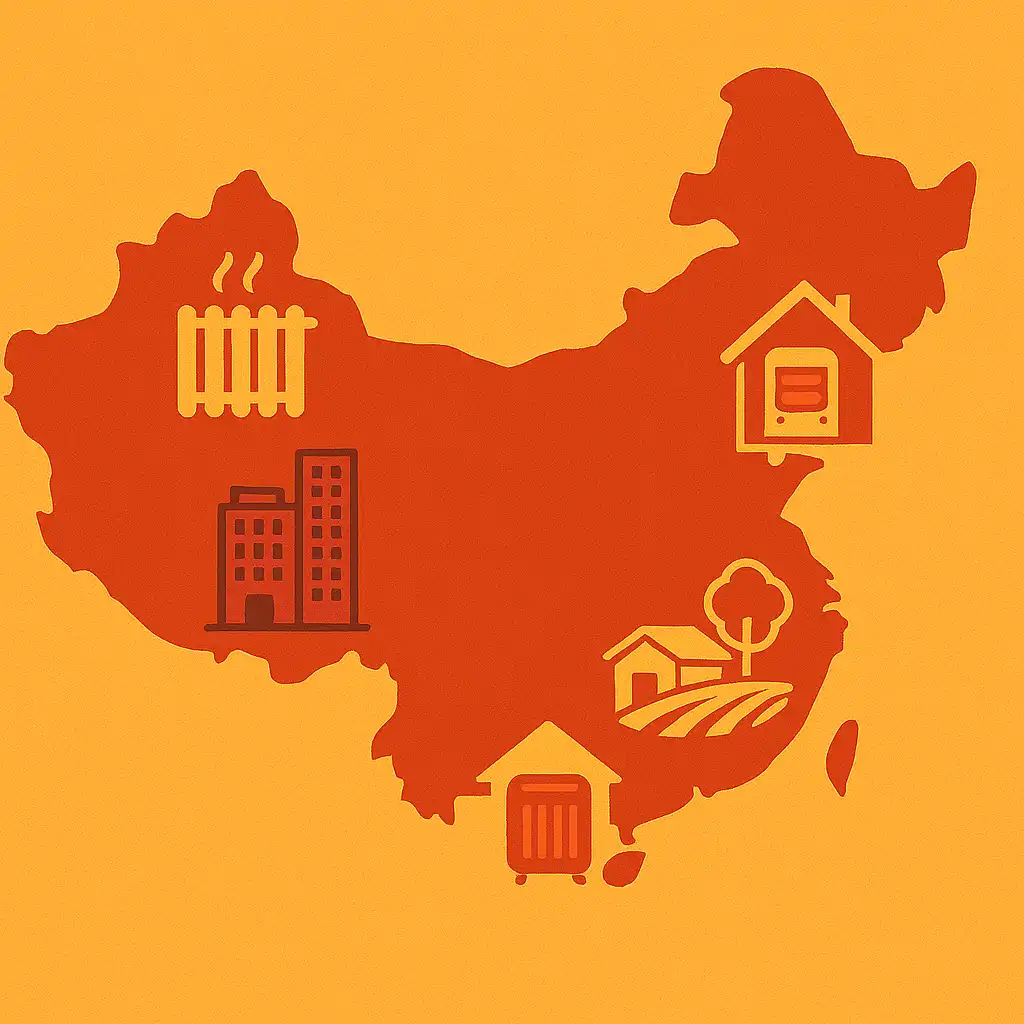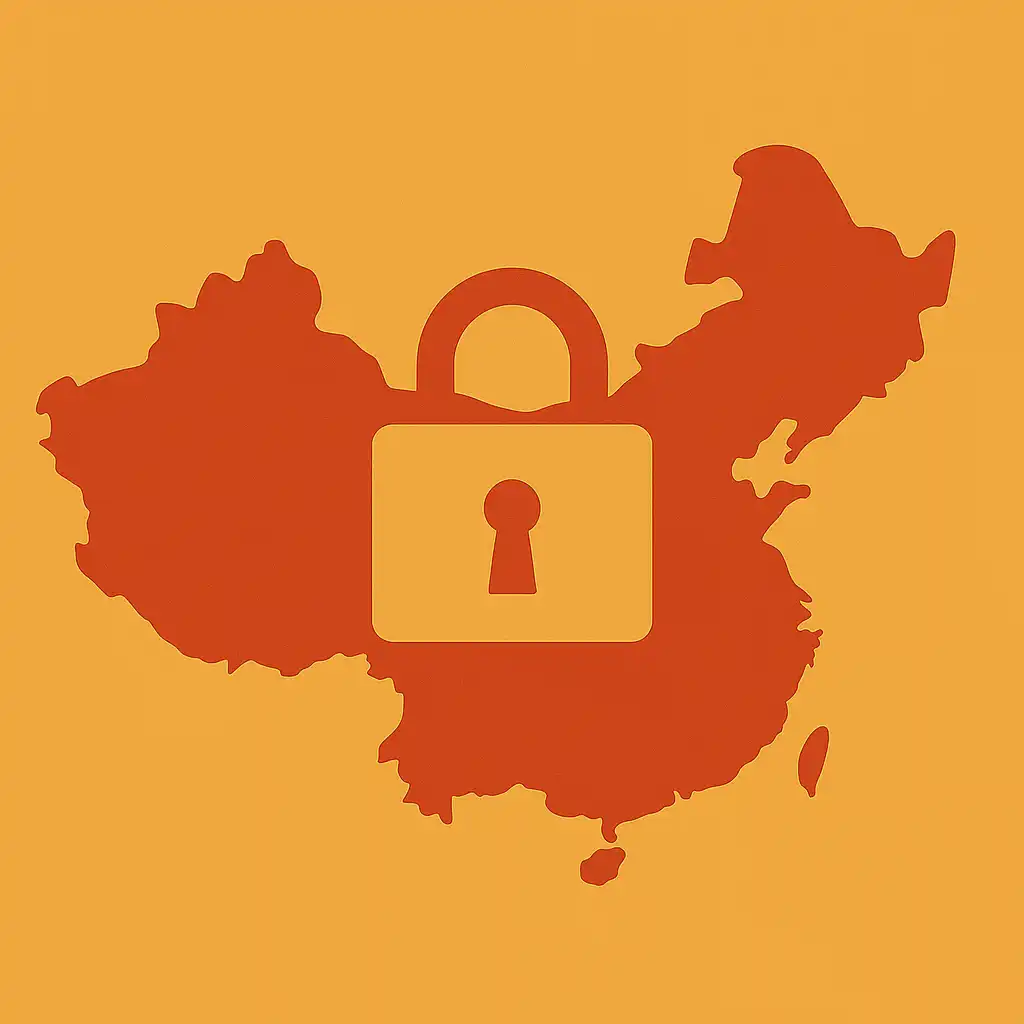Entering the Chinese market presents incredible opportunities, but it also comes with unique challenges. To thrive, foreign companies must understand both the entry points and the barriers, adapt to the local business landscape, and make strategic decisions grounded in market insight.
1. Localize Beyond Language
Localization is not just about translating content. It’s about adapting your brand to fit China’s diverse regional markets, consumer behaviors, and preferences.

Understand regional variations: Consumer needs vary between northern and southern China. For example, heating products may have different levels of demand due to government-provided central heating in Beijing vs. self-purchased systems in rural areas.
Tailor your offerings: Fast food companies must integrate seamlessly into platforms like WeChat, offering app-based ordering and promotions.
Adapt your marketing mix: Localization should touch on all 4 Ps: Product, Price, Promotion, and People.
Invest in professional market research before launching in a specific region.
2. Leverage Local Talent

Hiring local professionals is critical. They understand market nuances, evolving regulations, and customer expectations.
- Learn from LinkedIn China: LinkedIn localized its brand (“Ling Ying”), partnered with Sequoia China, and appointed a local president to tailor services to Chinese users.
- Collaborate with trusted local advisors: They can help navigate legal, cultural, and operational hurdles.
Tip: Balance local partnerships with IP protection strategies (see next point).
3. Protect Your Intellectual Property (IP)

Concerns around IP theft are valid, but they can be managed with proper preparation.
- Know the law: China has improved its IP framework in recent years. For instance, statutory damages for infringement increased significantly, up to RMB 5 million (approx. USD 750,000).
- Register trademarks early: IP registration should be part of your market entry plan.
- Follow best practices: Use NDAs, monitor for counterfeits, and work with local legal counsel.
Resource: Check updates from the Global Innovation Policy Center for China’s evolving IP enforcement trends.
To stay informed about China’s evolving intellectual property (IP) enforcement trends, consider the following reputable resources:
Access WIPO’s resources: WIPO Publications
Global Innovation Policy Center (GIPC) – U.S. Chamber of Commerce
GIPC regularly publishes reports and updates on global IP policies, including China’s IP environment.
Their 2025 International IP Index benchmarks IP frameworks across 55 economies, providing insights into China’s IP landscape.
Access their publications here: GIPC Publicationsenglish.cnipa.gov.cnenglish.cnipa.gov.cn+2uschamber.com+2theglobalipcenter.com+2
China National Intellectual Property Administration (CNIPA)
CNIPA is China’s official IP authority, offering updates on policies, enforcement actions, and statistics.
Their English portal provides access to reports like the “2025 Intellectual Property Nation Building Promotion Plan.”
Visit their website: CNIPA English Portalipwatchdog.com+2chinaiplawupdate.com+2uschamber.com+2
China IP Law Update
This platform offers timely news and analysis on China’s IP laws, regulations, and enforcement trends.
Recent articles cover topics such as China’s 2025 IP work plan and judicial protection status.
Explore their content: China IP Law Update国家法律评论
World Intellectual Property Organization (WIPO)
WIPO provides global IP statistics and reports, including data on China’s IP filings and enforcement activities.
Their annual “World Intellectual Property Indicators” report offers comprehensive insights.
4. Develop Cultural Intelligence
Cultural missteps can damage brand reputation. Invest time in understanding local customs, behaviors, and digital habits.

Avoid marketing misfires: The D&G controversy in China is a cautionary tale of cultural ignorance.
Study successful examples: Evernote achieved a 156% increase in user base by adapting its product strategy based on local feedback.
Embrace digital habits: Chinese consumers live in a mobile-first world with super apps, same-day delivery, and QR-code payments as norms.
5. Choose the Right Location Strategically
Where you locate your headquarters or operations hub matters.
- Tier 1 cities like Beijing and Shanghai offer scale and prestige but come with high competition and costs.
- Tier 2 and 3 cities offer growing markets with fewer competitors and lower overhead.
Assess logistics, access to raw materials, local talent supply, and regional incentives before deciding.
Think Long-Term, Act Local
China is not one market; it’s many. Successful foreign companies treat it as such—combining global standards with local execution. Whether you’re a start-up or an established enterprise, thriving in China means investing in local knowledge, flexible strategies, and cultural humility.
Need support with localization, strategy, or language solutions? Our team specializes in helping international businesses succeed in China.
✨ Get 25% off your first project this season. Premium service. Practical results.
Contact us today to discuss how we can support your China market goals.
